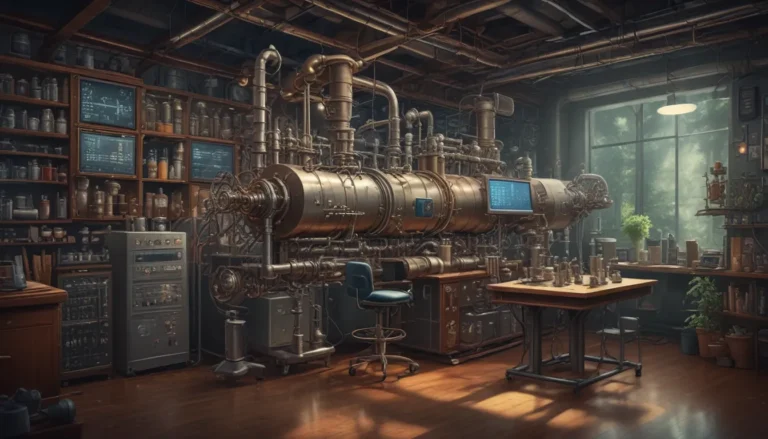A Note About Images: The images used in our articles are for illustration purposes only and may not exactly match the content. They are meant to engage readers, but the text should be relied upon for accurate information.
Pitting corrosion is a fascinating phenomenon that affects metals and alloys, leading to localized corrosion damage in the form of small pits or cavities on the surface. This type of corrosion can be challenging to detect and prevent, making it crucial for industries to understand its causes, mechanisms, and prevention methods. In this article, we will explore 12 fascinating facts about pitting corrosion to shed light on this destructive process and provide valuable insights for proactive measures.
Understanding Pitting Corrosion
- Pitting corrosion initiates through local breakdowns in the passive film, a protective layer that forms on the surface of metals.
- The corrosion can occur in various materials, including stainless steel, aluminum, copper, and even non-metallic materials like concrete.
- The formation of small pits due to pitting corrosion can compromise the strength and structural integrity of the material, leading to unexpected failures.
Factors Influencing Pitting Corrosion
- Environmental factors such as corrosive substances like chloride ions and sulfur compounds can accelerate pitting corrosion.
- Temperature, humidity, and pH levels also play a role in the rate and severity of pitting corrosion.
- Microstructural characteristics of materials, including grain boundaries and impurities, can influence susceptibility to pitting corrosion.
Preventing and Mitigating Pitting Corrosion
- Appropriate material selection, such as corrosion-resistant alloys or coatings, can help prevent pitting corrosion.
- Regular inspections, maintenance measures like cleaning and passivation, and applying protective coatings can mitigate the effects of pitting corrosion.
- Ongoing research efforts are focused on understanding the mechanisms of pitting corrosion and developing more effective prevention strategies.
Impacts and Costs of Pitting Corrosion
- Pitting corrosion can result in sudden and catastrophic failures of equipment and structures, posing safety risks in industries like aerospace and automotive.
- The financial impact of pitting corrosion can be significant, with high costs for repairing or replacing affected equipment and potential losses due to production downtime.
- Preventative measures and ongoing research are essential to minimize the impact of pitting corrosion on structures and equipment.
Conclusion
In conclusion, pitting corrosion is a complex and challenging issue that requires proactive measures for prevention and mitigation. By understanding the causes, factors influencing, and prevention methods of pitting corrosion, industries can safeguard their assets and enhance safety. Ongoing research and collaboration in the field of corrosion prevention are crucial for developing innovative solutions to combat the destructive effects of pitting corrosion.
FAQs
- What is pitting corrosion?
- What causes pitting corrosion?
- Which metals are most susceptible to pitting corrosion?
- How does pitting corrosion affect structural integrity?
- Can pitting corrosion be prevented?
- How is pitting corrosion detected?
- Can pitting corrosion be repaired?
- Are there any industry standards for preventing pitting corrosion?
- Is pitting corrosion a common issue?
- Can pitting corrosion occur in non-metallic materials?
- Can pitting corrosion occur in freshwater environments?
- Are there any ongoing research efforts to combat pitting corrosion?
Explore the world of pitting corrosion and discover the strategies to combat this destructive form of corrosion. Stay informed, proactive, and engaged in the fight against corrosion to ensure the longevity and safety of your structures and equipment. Trust in our commitment to delivering reliable and engaging content as you delve into the intriguing world of corrosion prevention.






